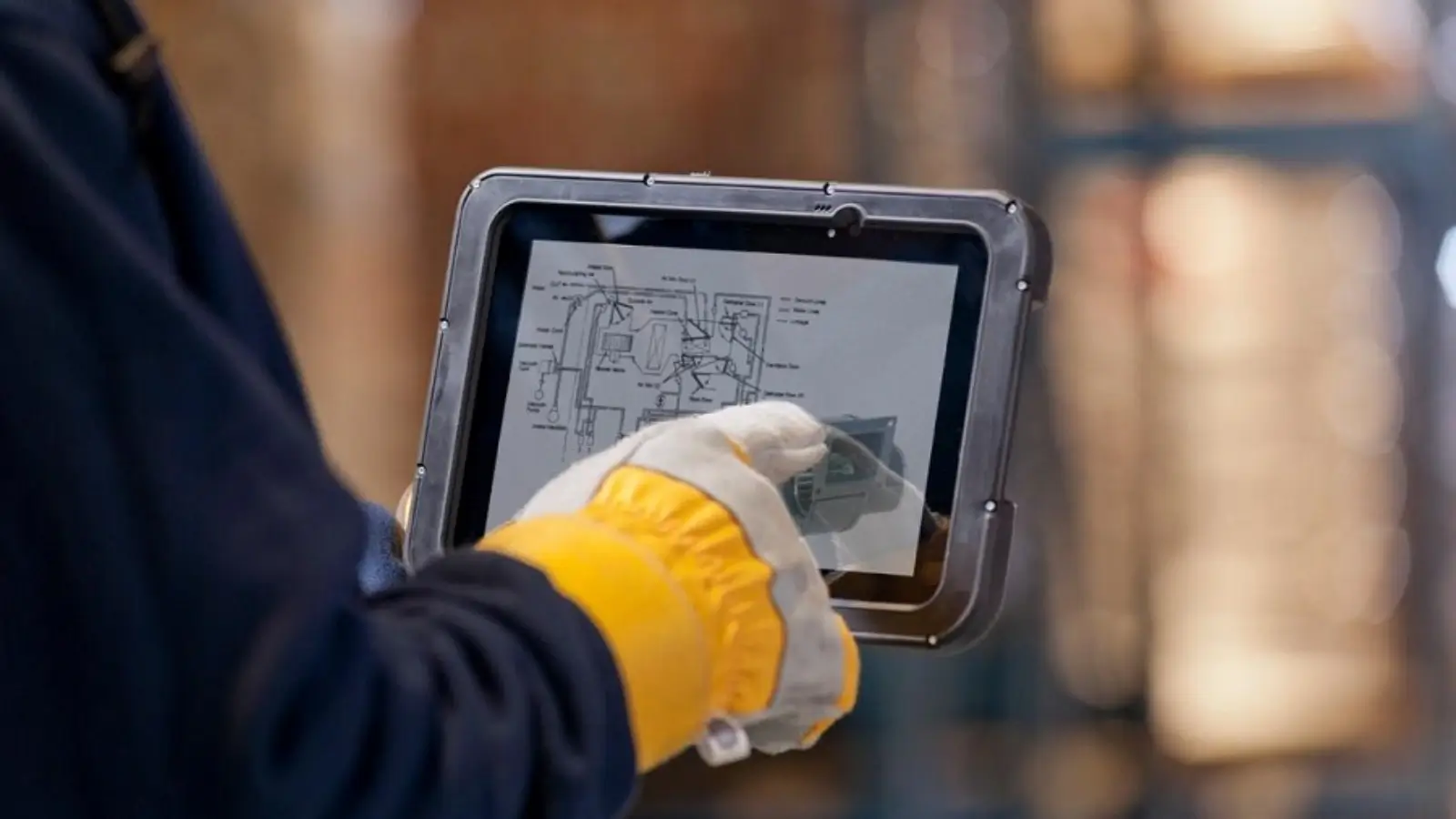


Rugged devices aren’t your average smartphones or tablets. Built to survive harsh conditions, they power frontline operations in industries where failure isn’t an option—think logistics, construction, oil and gas, mining, emergency response, utilities, and field services. These devices work in the rain, in dust storms, in freezing cold or sweltering heat, on factory floors, and in remote areas with unreliable networks.
But here’s the thing, while rugged devices are physically resilient, they aren’t operationally immune.
In 2025, these devices will be more than just hardened hardware. They’re mobile data collectors, communication hubs, barcode scanners, GPS tools, and productivity platforms all rolled into one. And as their role in business grows more complex, so does the need to manage them smartly, especially when they’re deployed far from your IT headquarters.
Rugged devices are typically used in non-traditional environments, places where regular devices would give up. They might be mounted on forklifts in a warehouse, strapped to a utility pole technician’s belt, or tossed into a delivery van’s glovebox. But no matter where they operate, they play a crucial role in keeping your operations moving.
And while they may be built to survive the physical world, they’re still vulnerable to the digital one:
Outdated software and security patches
Unapproved apps downloaded in the field
Devices are going missing with sensitive company data
Excessive data usage from background activity
Batteries draining unexpectedly mid-shift
Slow troubleshooting that halts productivity
If you’re deploying 5 rugged devices, this might be manageable. But when you’re deploying 500 or 5,000 you need something more than faith and spreadsheets.
Downtime is one of the most expensive problems in any business. And when a rugged device fails, whether due to software glitches, misconfiguration, or misuse, that downtime gets very real, very fast.
Here’s why remote management matters in 2025:
Geographic Dispersal: Field workers might be operating miles from your nearest IT support person. Without remote access, even a simple issue can require hours or days of downtime.
Security Risks: Lost or stolen rugged devices can lead to major data breaches if not remotely locked or wiped.
Operational Blind Spots: Without visibility into device health, data usage, or location, you're flying blind.
Delayed Updates: Critical OS or app updates can’t wait. Pushing them remotely is the only way to ensure consistency across your fleet.
In other words, physical durability doesn’t equal digital resilience.
So, what should you look for in a rugged device management strategy? It’s not just about checking boxes, it’s about making your fleet more efficient, secure, and reliable.
Here’s what effective management in 2025 looks like:
You need a dashboard that gives you insight into every device, no matter where it is. This includes:
Battery status and health trends
OS version and patch level
Installed apps
Data usage breakdown
GPS-based location tracking
IT support shouldn’t require physical access. Remote screen sharing, remote control, and live diagnostics help fix issues on the fly, saving hours of downtime.
Set role-based or geofenced policies to control what users can do with their devices. Disable camera access in secure zones. Lock devices into kiosk mode. Prevent unauthorized app installs. All remotely, all automatically.
Whether it’s industry standards or internal audits, having automated reports on app usage, device status, and patching history makes compliance simple, not stressful.
Push updates without waiting for Wi-Fi. Schedule them after hours. Test updates on a subset of devices before full rollout. This level of control keeps devices consistent and reduces user errors.
In the event of theft or loss, the ability to track, lock, or wipe a device instantly is crucial. Especially when these devices hold sensitive business data or connect to backend systems.
Companies that invest in proper rugged device management often see:
Up to 40% reduction in device downtime
25–30% fewer IT support tickets
More predictable device replacement cycles
Happier, more productive frontline teams
Lower risk of data breaches or compliance failures
It’s not just about reducing problems, it’s about running smarter operations.
Not all MDM (Mobile Device Management) platforms are built for rugged environments. Some are too consumer-focused. Others struggle with poor connectivity or can’t support OEM-specific features for devices from Zebra, Honeywell, Kyocera, or Datalogic.
Look for a platform that understands rugged deployments. A few strong contenders in this space include:
Scalefusion – A robust UEM solution that offers deep Android and Windows support, remote troubleshooting, role-based policy enforcement, and custom workflows tailored for rugged environments.
Ivanti – Known for strong endpoint security and unified management.
The key is to evaluate your specific needs, device models, field conditions, and connectivity gaps, and find a solution that gives you control without added complexity.
Rugged devices are mission-critical. They’re not just tools they’re extensions of your workforce. Managing them manually, reactively, or not at all is like buying a 4x4 and hoping it never runs out of gas.
In 2025, where operations are faster, expectations are higher, and risks are greater, smart management isn’t optional, it’s essential.
Whether you’re overseeing 50 devices or 5,000, investing in the right remote management strategy ensures your frontline teams stay productive, secure, and supported.